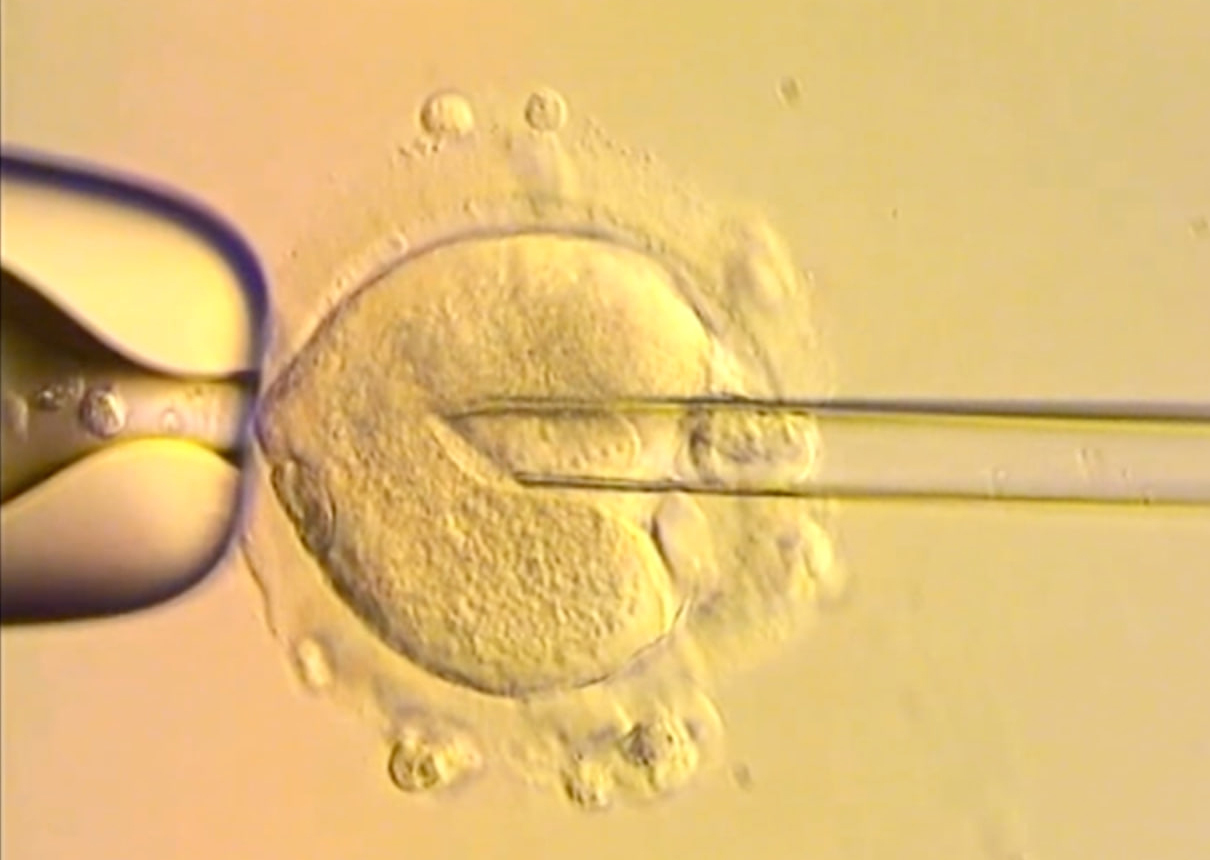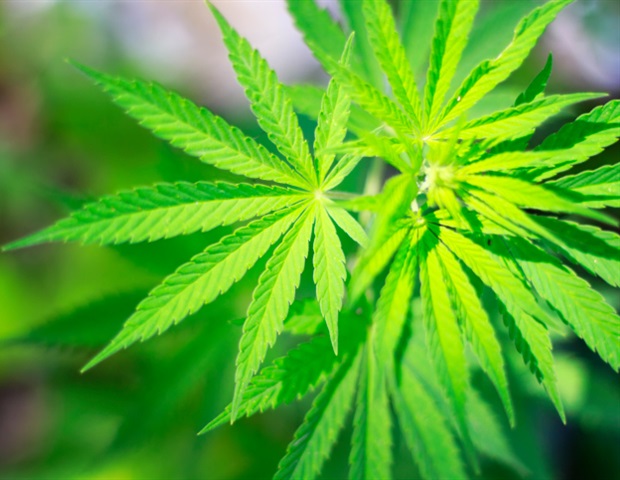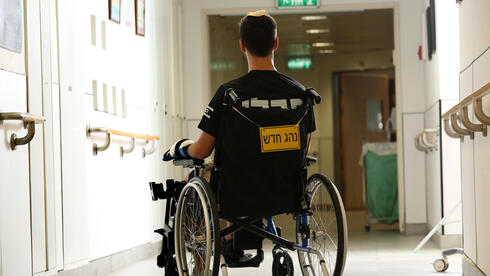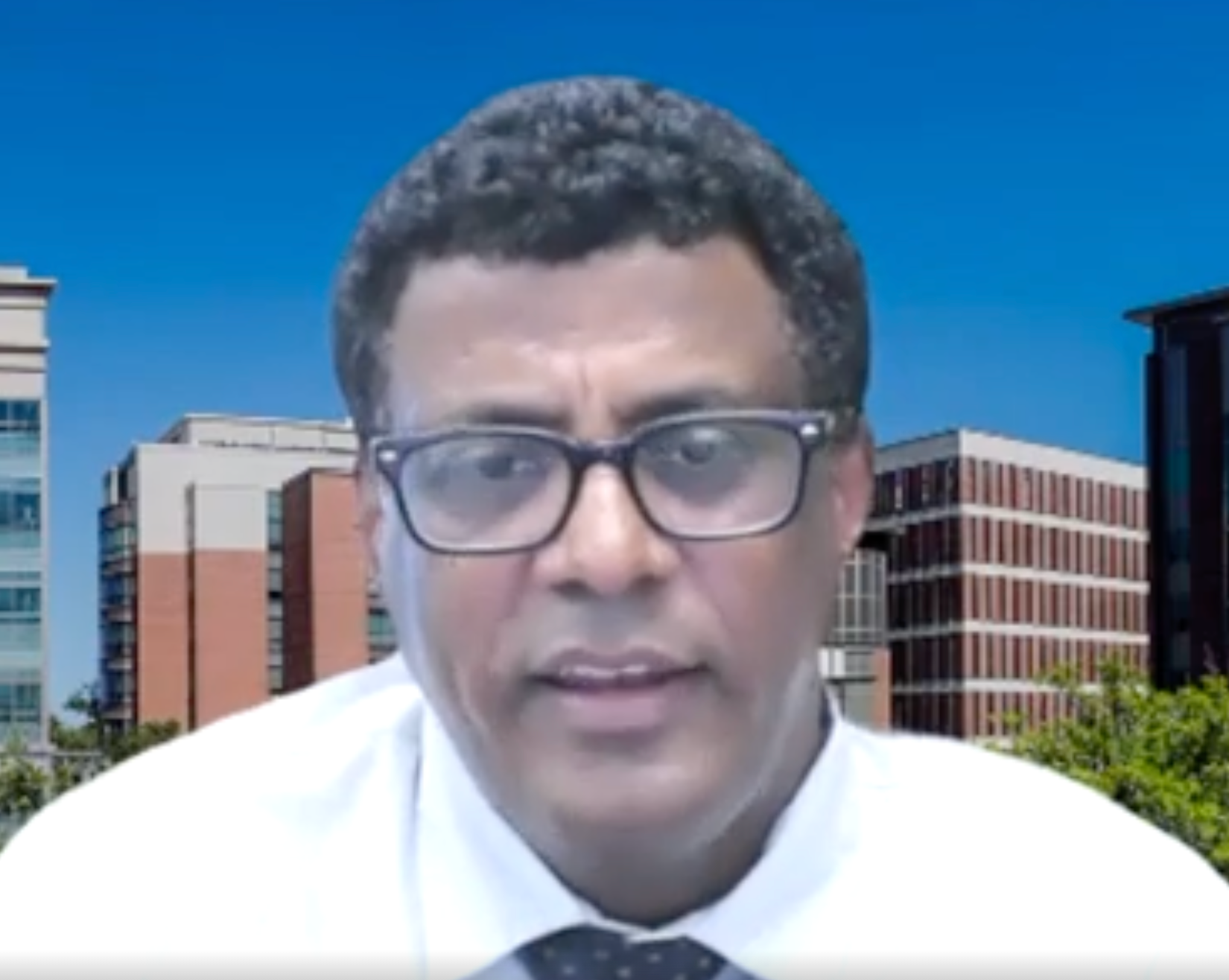WHO Declares Polio Outbreak in Papua New Guinea: What It Means for Health and Safety
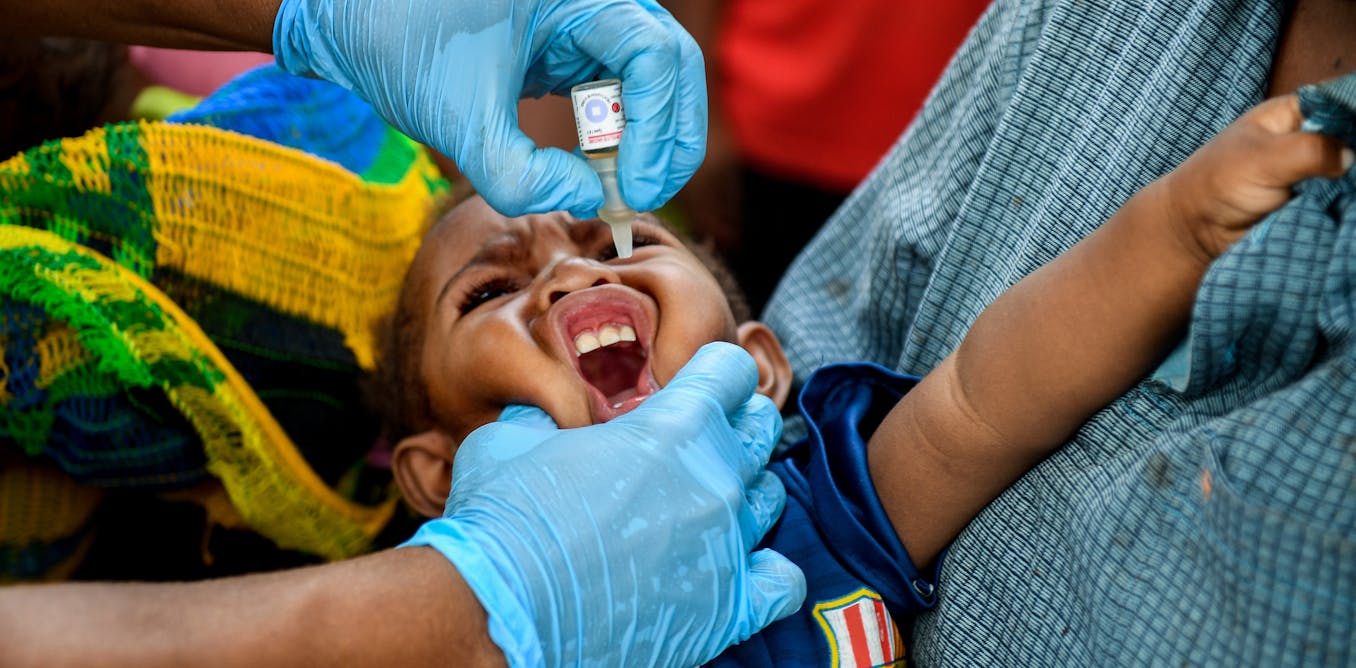
In a significant development last week, the World Health Organization (WHO) officially announced a polio outbreak in Papua New Guinea (PNG). This alarming situation arose after the highly infectious poliovirus was discovered in two healthy children who had already received polio vaccinations.
The children were screened as part of routine health checks following the detection of the virus during wastewater sampling in Lae, which is PNG’s second-largest city. Further analyses revealed that wastewater samples taken from the capital, Port Moresby, also tested positive for the virus. This indicates a concerning potential for the virus to spread throughout the country, putting many at risk.
The specific strain identified in this outbreak is known as circulating vaccine-derived poliovirus type 2. Remarkably, it shares genetic similarities with a strain that has recently been circulating in Indonesia, raising concerns about cross-border transmission and the need for regional health cooperation.
Understanding Polio
To grasp the implications of this outbreak, it is essential to understand what polio is. Poliomyelitis, commonly referred to as polio, is a highly contagious disease caused by the poliovirus. It primarily affects children, and while most infections are asymptomatic and go unnoticed, a small fraction—less than 1%—can lead to paralysis, a devastating consequence.
The virus spreads through person-to-person contact or by ingesting virus-contaminated material, mainly feces. Once infected, the virus multiplies in the intestines, leading to shedding in the stool that can persist for several weeks. This mode of transmission poses a significant risk, particularly in areas with inadequate sanitation facilities. Recent studies have also indicated that respiratory transmission may play a larger role in spreading the virus than previously understood.
Historically, wild poliovirus was a major public health challenge before the widespread introduction of vaccination in the 1950s, which effectively led to the disease's near-total elimination in many affluent nations, including Australia. Since the Global Polio Eradication Initiative was launched in 1988, there has been a staggering 99% reduction in polio cases globally. Currently, wild poliovirus remains endemic only in Pakistan and Afghanistan.
Polio Vaccines Explained
There are two primary types of vaccines used to combat polio: the oral polio vaccine (OPV) and the inactivated polio vaccine (IPV). The OPV is administered as two drops in the mouth over several rounds during early childhood and contains a live-attenuated form of the poliovirus. This vaccine effectively stimulates an immune response in the gut, reducing both the replication of wild poliovirus and the virus shedding in stool, thus limiting community transmission.
However, it is important to note that the OPV carries a rare risk of vaccine-derived paralysis, occurring in approximately one in every 2.7 million doses, predominantly after the initial dose. Conversely, the IPV is administered via injection and contains killed poliovirus, making it incapable of causing polio. While the IPV generates protective antibodies in the bloodstream and is a part of routine immunization programs in countries like Australia, it does not effectively prevent infection or virus shedding in the gut, which is crucial for preventing transmission.
The Challenge of Vaccine-Derived Poliovirus
The concern surrounding vaccine-derived poliovirus arises from the fact that the weakened poliovirus in the OPV can still be shed in communities with poor sanitation. If vaccine-derived strains replicate and mutate, they can lead to cases of paralysis akin to wild poliovirus infections. This is particularly problematic in regions where vaccination rates are low. The WHO, along with the United States Centers for Disease Control and Prevention, has assessed the international spread risk of vaccine-derived poliovirus as high, with outbreaks reported in 39 countries between 2023 and 2024.
To address these issues, a novel oral polio vaccine (nOPV2) has been introduced in outbreaks of vaccine-derived poliovirus since 2021. This new vaccine is designed to have a lower mutation rate. The WHO recommends routine vaccination with IPV as a crucial strategy to prevent vaccine-derived poliovirus, advocating for a transition from OPV to IPV as part of the polio eradication strategy.
Current Situation in Papua New Guinea
The PNG government has reacted promptly by activating its polio emergency response plan, collaborating with international partners like WHO, UNICEF, and the government of Australia. Alarmingly, PNG has one of the world’s lowest vaccination rates, with only about 50% of children receiving the recommended vaccines, including the OPV. To establish herd immunity and effectively prevent disease outbreaks, vaccination coverage must reach a minimum of 95%.
After being declared polio-free in 2000, PNG experienced a setback in 2018 when an outbreak of vaccine-derived polio type 1 resulted in 26 reported cases across nine provinces. This outbreak was brought under control through extensive vaccination campaigns, improved surveillance, and effective community communication strategies.
The lessons learned from the 2018 response remain vital: focusing on mass vaccination (utilizing the nOPV2), enhancing surveillance through wastewater sampling, and fostering community engagement through various communication channels, including social media.
Further research is critical to pinpoint transmission locations and to respond effectively, especially regarding the neglected health security issue of potential spread between Indonesia and PNG.
Assessing the Risk in Australia
While the risk of polio spreading in Australia remains low, health officials stress that the virus does not adhere to national borders, and complacency could be dangerous. Australia boasts a commendable vaccination coverage rate of nearly 95% with the IPV; however, there has been a concerning decline in childhood immunization rates since the onset of the COVID-19 pandemic. Maintaining robust polio wastewater monitoring will be essential in safeguarding against potential outbreaks.
Australia's best defense lies in supporting PNG and collaborating with other nations towards the global eradication of polio. This outbreak serves as a poignant reminder that the final steps towards eradicating polio globally remain challenging and require international cooperation, strengthened health systems, and prompt responses to emerging health crises like polio.
As we continue to navigate the post-pandemic world, the urgency for collective action in the fight against polio and other communicable diseases has never been clearer.



















